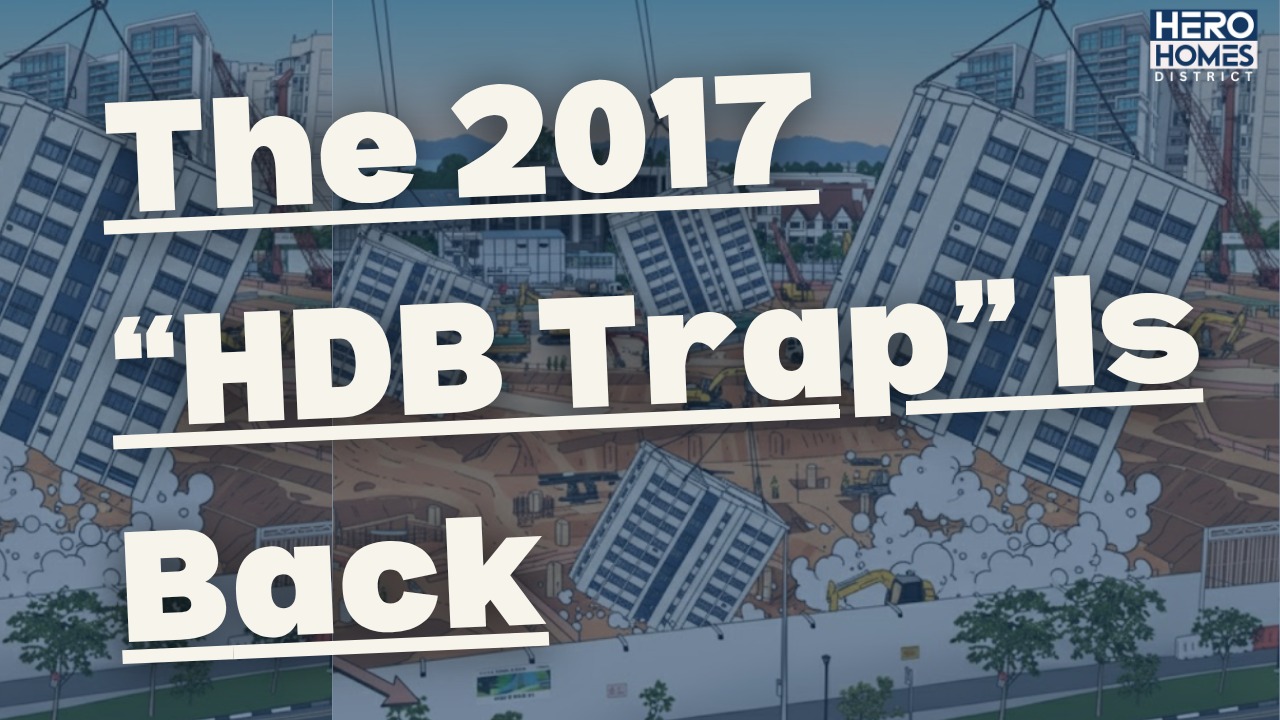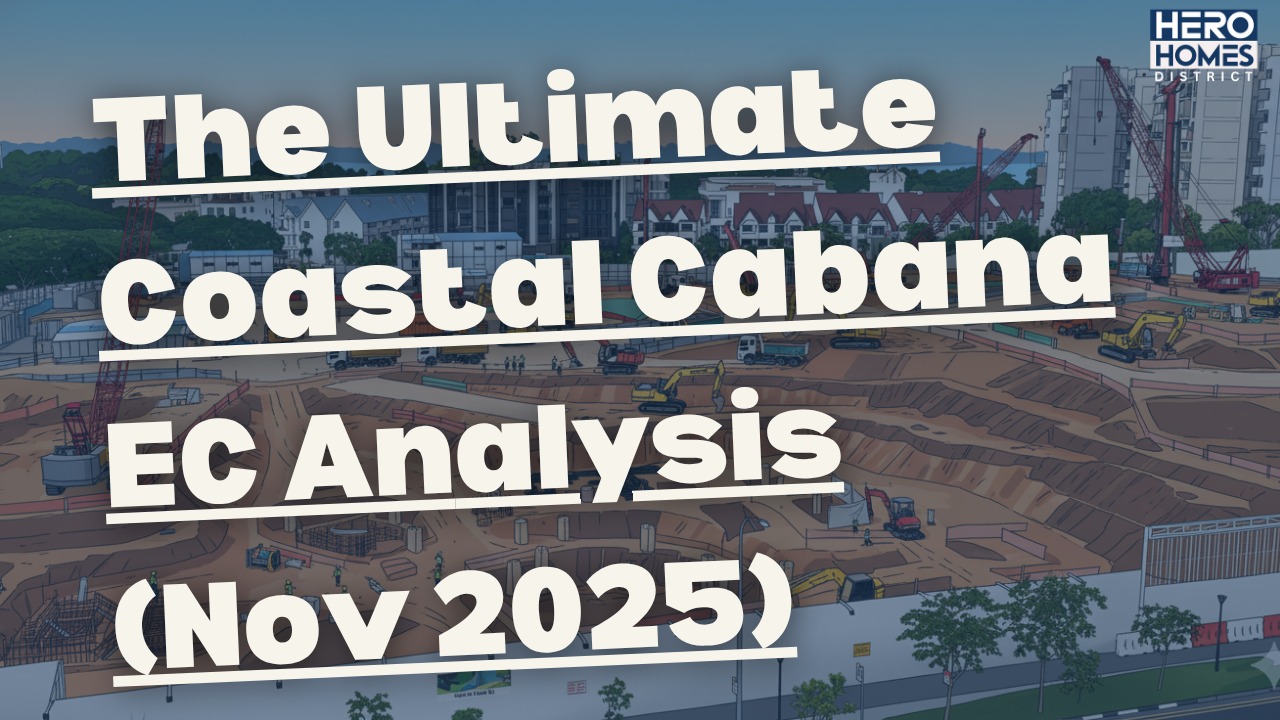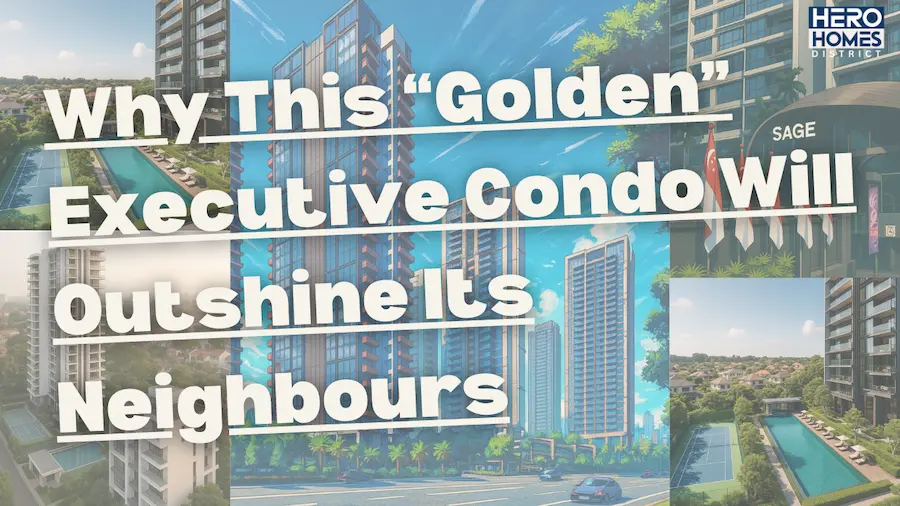The resale prices of HDB (Housing and Development Board) flats in Singapore are influenced by multiple factors, including the supply of BTO (Build-To-Order) flats.
We track the demand for BTO flats since 1960 and there is a correlation between the supply of BTO flats and HDB resale prices. When the demand for BTO flats exceeds the supply, it drives up the demand for resale properties and causes an increase in resale prices.
The demand and supply of BTO flats has fluctuated from 1991 to 2010.
During the period of 1991 to 1995, there was a high demand for BTO flats, with over 300,000 people applying for just 100,000 new units. The demand was driven by a change in policy allowing Singaporeans to use their CPF for housing payments. Previously, all house purchase could only be financed through cash and loans.
However, from 1996 to 2000, as HDB released more flats on the back of higher demand prior to 1995, demand waned and there was an oversupply of new flats. Many HDB flats were unsold, leading to a drop in prices.
Just 5 years later, between 2006 to 2010, there was a 3:1 ratio of demand to supply for brand new HDB flats, with 64,000 people applying and only 23,000 being built.
As newly-weds were unable to purchase a BTO in this period, they turned to the resale market. This led to a sharp increase in resale prices from 2009 to 2013.
From 2011 to 2015, the applications for new HDB flats rose sharply, increasing from 64,000 to 136,000. In response, HDB increased its supply to meet this growing demand, ensuring that new homeowners had access to affordable housing options.
However, this rise in BTO supply had a significant impact on the resale market. As more home buyers opted for BTOs, the demand for resale flats declined.
This resulted in a glut of supply in the resale market and led to price stagnation, with some prices even dropping by 10-20%.
When there is an oversupply of BTOs (Build-To-Order) in the market, it can lead to lower prices for these subsidized units compared to the resale market. This is because the prices of BTOs are set by HDB and are generally lower than market prices.
This creates an attractive alternative for buyers who are looking for a new home, as they can get a newer unit at a lower price than they would in the resale market. This shift in demand can cause a decrease in demand for resale properties and an increase in demand for BTOs, which in turn affects the prices in both the BTO and resale markets.
However, the pandemic has had an impact on the real estate market, causing a slowdown in BTO construction and resulting in longer wait times for BTOs. This has led to decreased demand for BTOs, as many potential buyers are not willing to wait for 6 years or more for a new home.
At the same time, this has caused an increase in demand for resale properties, as many buyers are looking for a more immediate solution to their housing needs. This increase in demand has resulted in higher resale prices.
Finally, the current demand for BTOs is high, with many applicants competing for a limited number of units. In some cases, there may be many more applicants than available units, making it difficult for individuals to secure a BTO unit.
This can result in a more competitive and challenging buying process, where buyers need to be well-informed and prepared in order to successfully secure a BTO unit.
To mitigate this, HDB has made a concerted effort to ensure that the supply of BTOs meets the demand for affordable housing. This has helped to stabilise the resale market and maintain reasonable prices for both new and existing homeowners.
HDB has been actively working to control the housing market by ramping up the supply of BTO flats. The supply has been increased by 35% in the past year and a half to match demand and regulate resale prices.
HDB has launched 23,000 BTO flats each year in 2022 and 2023, similar to the high supply of 25,000 to 27,000 in 2011 to 2014. The purpose of ramping up the BTO supply in the past was to control the overheating housing market prices, which was achieved through adjusting the supply and implementing cooling measures.
However, it is uncertain if the increase in supply will result in a drop in resale flat transactions and prices like it did in the past. HDB is monitoring the current situation to regulate resale prices. The average demand for BTOs in the 2016-2020 period was 22,000 per year, which indicates that HDB’s plan to oversupply the market with 23,000 BTOs per year may have a strong impact on HDB prices.
The outcome of the increase in BTO supply on HDB prices is yet to be seen. The perspective of a first-time buyer and an HDB upgrader towards HDB prices may also differ, as their needs and goals are unique.
A first-time buyer may have a positive outlook on the increase in BTO supply, while an HDB upgrader may have a different perspective, as they may have to deal with a decline in resale flat transactions and prices.
In conclusion, HDB’s decision to ramp up the supply of BTO flats, with the release of 23,000 units per year in 2022 and 2023, is reminiscent of its strategy in the period between 2009-2013. The impact of this move on the resale flat market and prices is still uncertain and being closely monitored.
The past history of the housing market shows that a high supply of BTOs can result in a drop in resale flat transactions and prices. This pattern may or may not repeat itself in the current scenario, as various factors come into play that can influence the market. It is important to keep an eye on the market trends and assess the impact of HDB’s decision in the coming months.
While the aim of HDB’s move is to match the supply and demand in the housing market, the situation is complex and multi-faceted. The average demand for BTOs in the period between 2016-2020 was 22,000 per year, which is close to the new supply of 23,000 units. As a result, HDB’s decision to oversupply the market is expected to have a significant impact on HDB prices. However, predicting the outcome is challenging, as various market forces are at play that can influence the prices.
The perspective of a first-time buyer and an HDB upgrader towards HDB prices may also differ, as their needs and goals are unique. While HDB’s decision to ramp up the supply of BTOs is aimed at meeting the demand, the outcome is yet to be seen. It will be interesting to see how the market reacts and the impact it will have on HDB prices in the coming months.
This content was first researched for our Youtube Audience, you may watch the entire video here:







